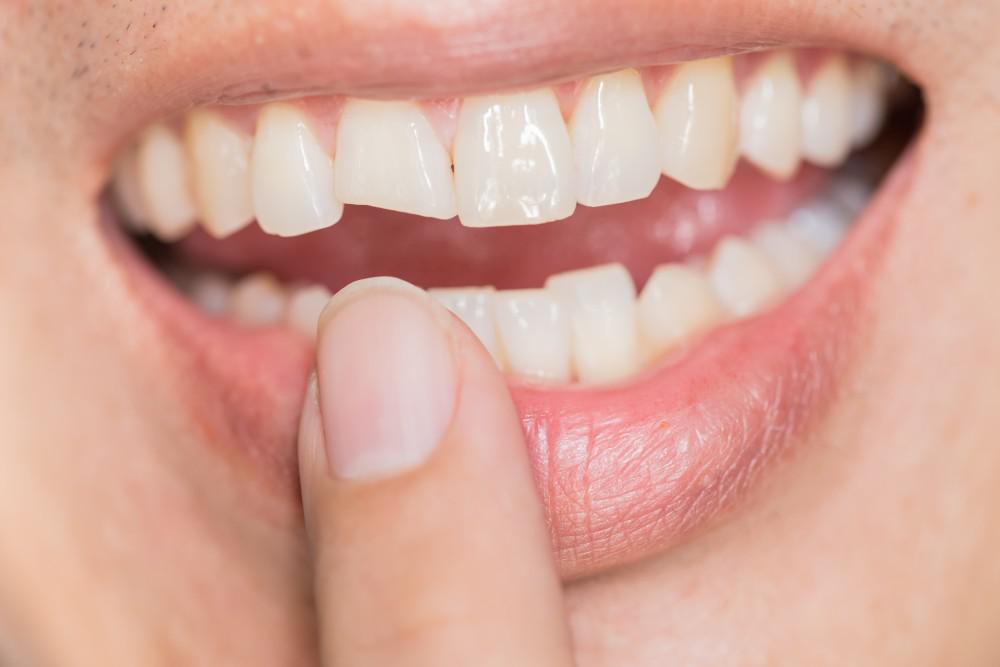Why You Shouldn’t Ignore a Cracked Tooth

We all know better than to crunch on hard candy, ice, or unpopped popcorn kernels, but sometimes we do it anyway. Then there are moments when chewing on a pen cap or pencil just seems to take the edge off of a challenging project you’re trying to think through.
You may be tempted to chalk up chewing on stuff that you shouldn’t chew on as simply giving in to a bad habit, but it’s really a big deal. Think cracked teeth, pain, and possibly an infection.
In this blog, Nate Gunning, DDS, and the experienced dental team at Signature Smiles Dentistry give you the lowdown on what happens when you crack a tooth and why you shouldn’t ignore it.
Tooth anatomy explained
Let’s unpack this discussion by discussing the different parts of a tooth. You’re probably familiar with the hard exterior, known as the enamel. Under that pearly white exterior is a hard layer called the dentin. The tooth’s enamel and dentin layer team up to protect the inner soft tissue called the pulp, where the nerves and blood vessels are located.
When a tooth cracks, then that protective layer has been breached, and the structure of the tooth has been compromised. Some cracks are minor and may not require treatment, while others become convenient entryways for bacteria, which can result in tooth decay, gum disease, or worse yet, permanent damage to the pulp. If you’ve ever had a root canal to attempt to save a tooth or an extraction for a tooth that’s beyond repair, then you’re all too familiar with the importance of preventing small issues from becoming big problems.
Ongoing erratic tooth pain
Few things are as annoying as tooth pain and tooth sensitivity to hot, cold, or spicy food or beverages. When a tooth is cracked, the pain may initially start as periodic. Since the crack damages the tooth structure, even a small crack opens up more with the pressure caused by biting down to chew, and that irritates the pulp. When you’re not chewing, the pain seems to subside. Evidentially, if left untreated, the pulp can become diseased or permanently damaged, resulting in constant pain as well as requiring intervention to save the tooth.
Treatments to strengthen your tooth
A variety of factors determine the treatment plan for a cracked tooth. These factors include the severity of the crack and where it’s located. After doing a thorough examination that may include diagnostic tests like dental X-rays, your dentist may recommend restorative dentistry procedures such as a dental crown, bonding, or a root canal. The ultimate goal is two-fold — to shore up the breach to strengthen the tooth and to ultimately save the tooth.
Early intervention is key
Given the fact that saving your tooth is Job #1, the best argument for not ignoring a cracked tooth is that early intervention can mean the difference between saving a tooth and needing an extraction. A cracked tooth won’t heal or somehow fix itself. Addressing the issue early on provides more opportunities for successful treatment options.
Treatment will not only keep the crack from getting worse, but it also may stave off issues like tooth decay, infection, or periodontal disease, which can lead to tooth extraction. If you’ve been experiencing tooth pain or tooth sensitivity and think you may have a cracked tooth, contact Nate Gunning, DDS at Signature Smiles Dentistry in Parker, Colorado for a consultation. To book an appointment, call us at 720-738-3832, or contact us online.